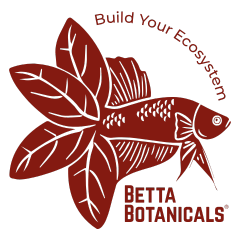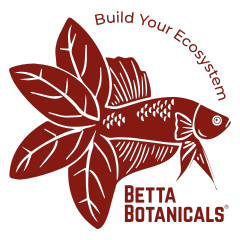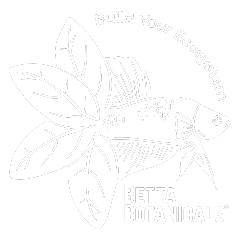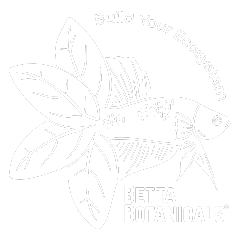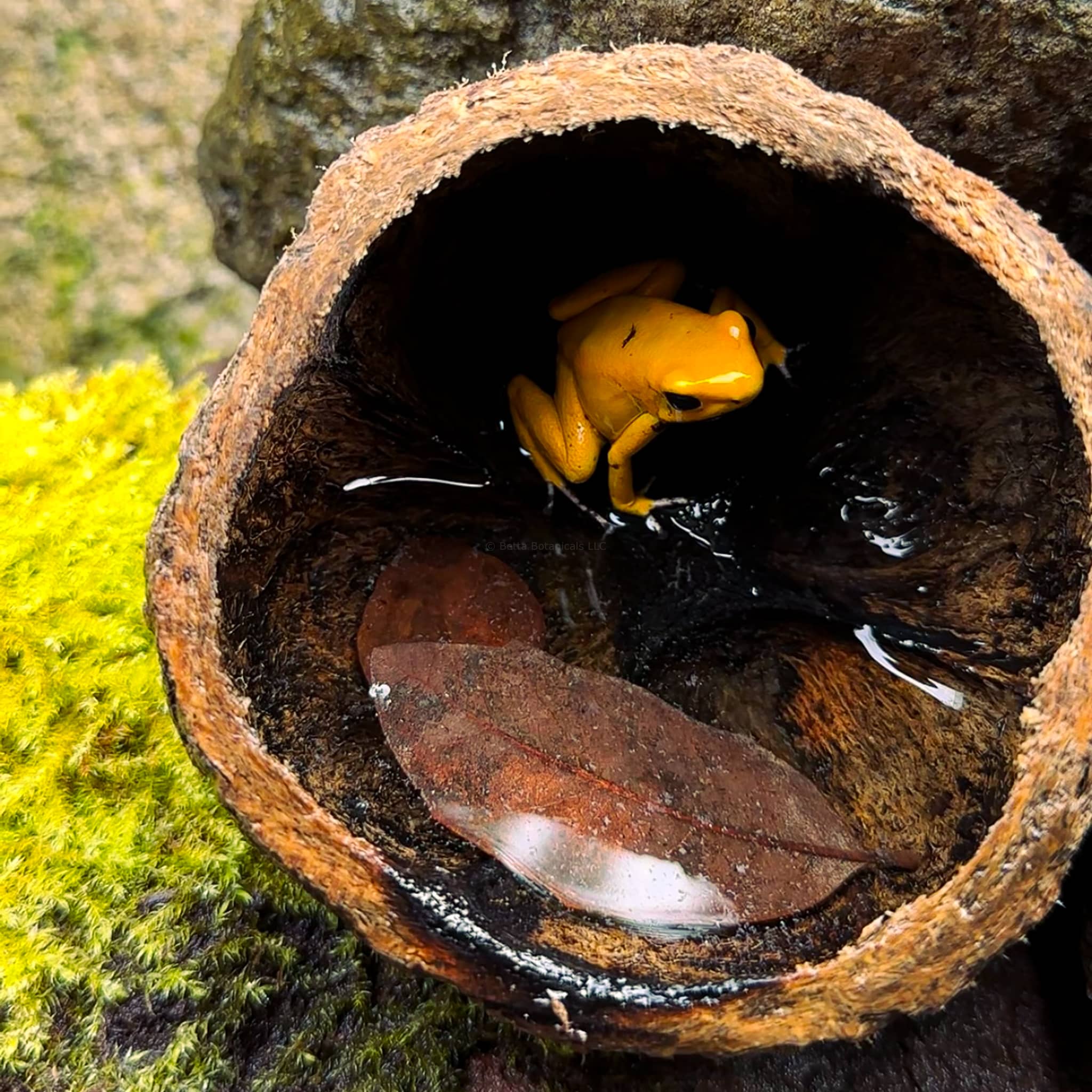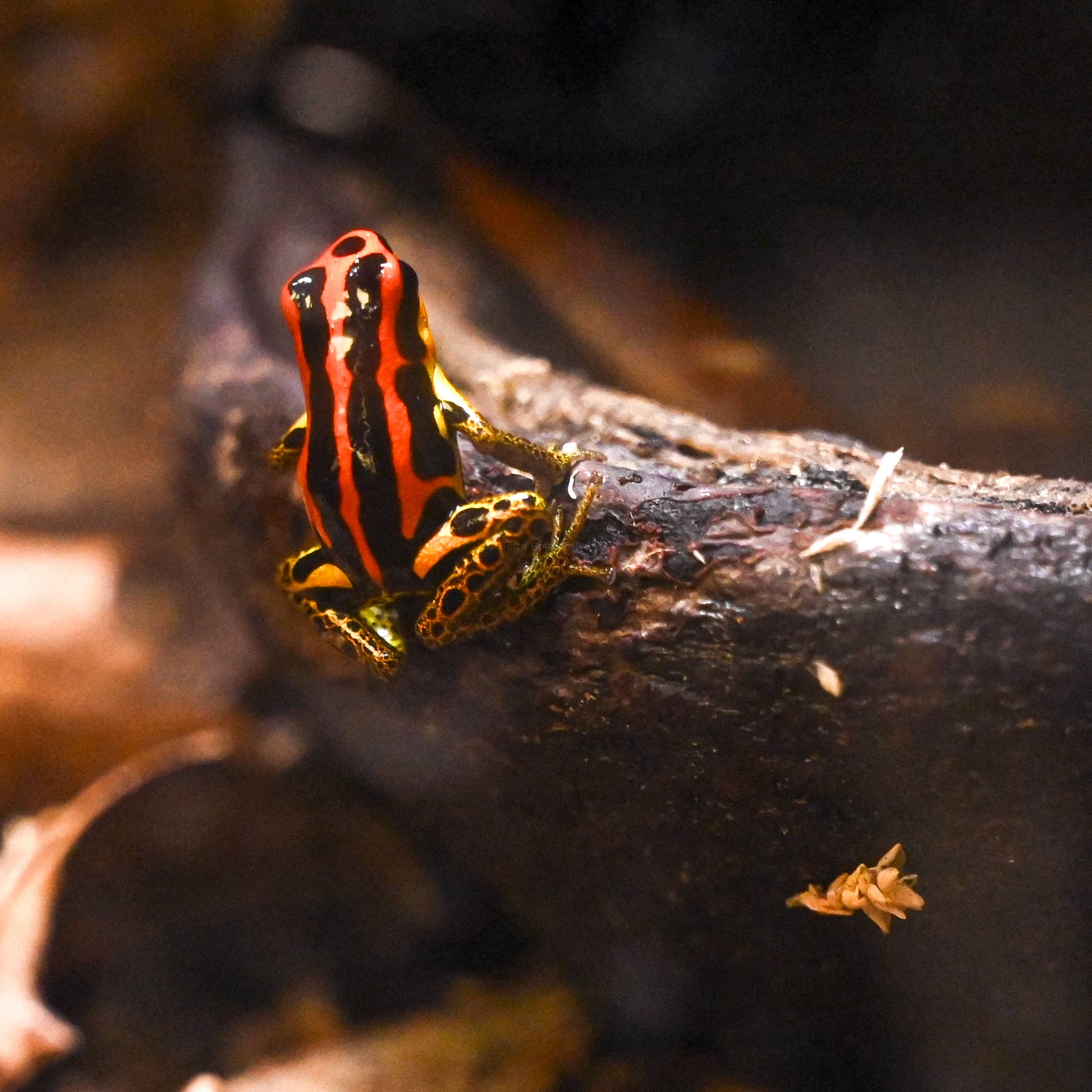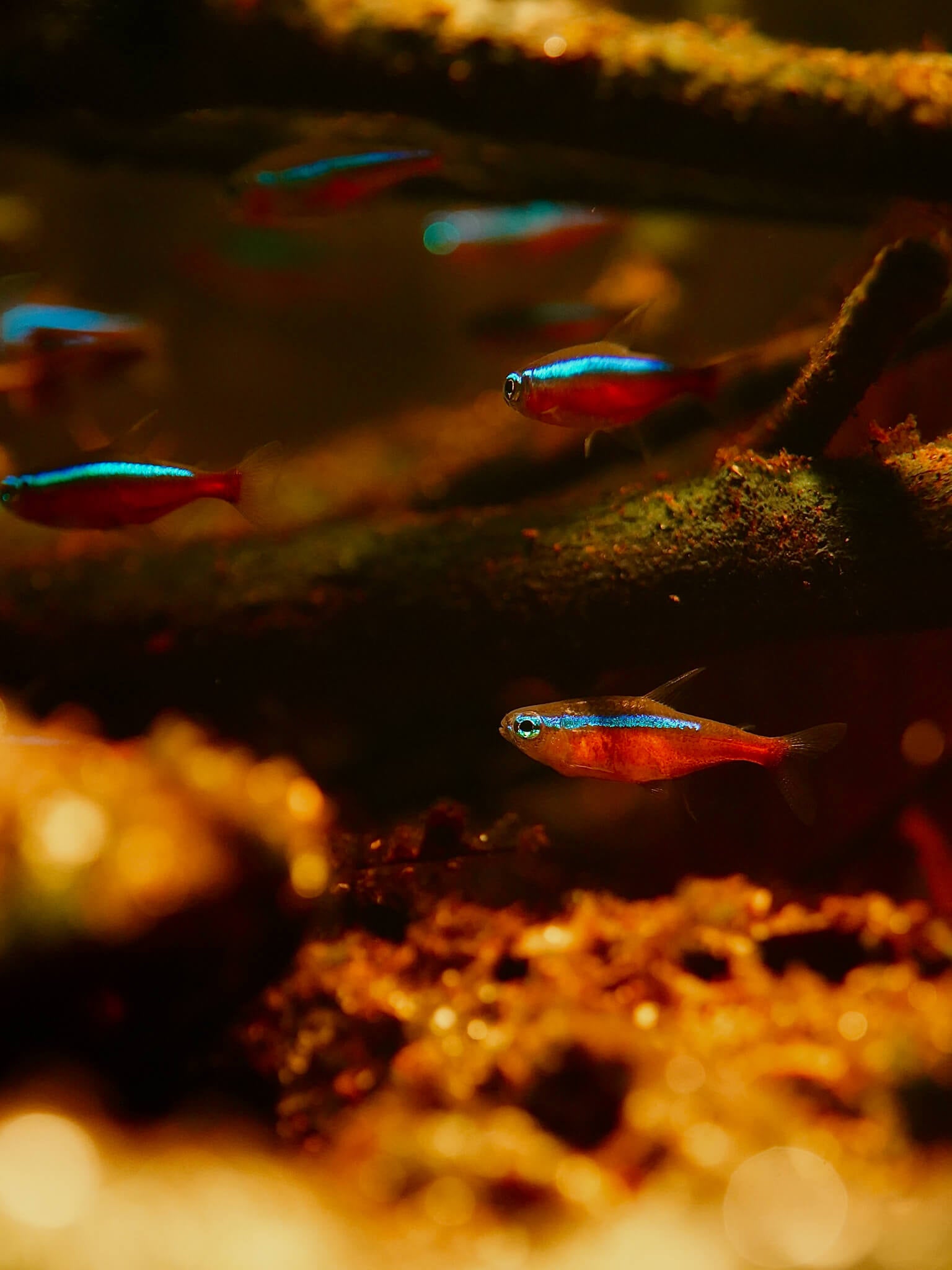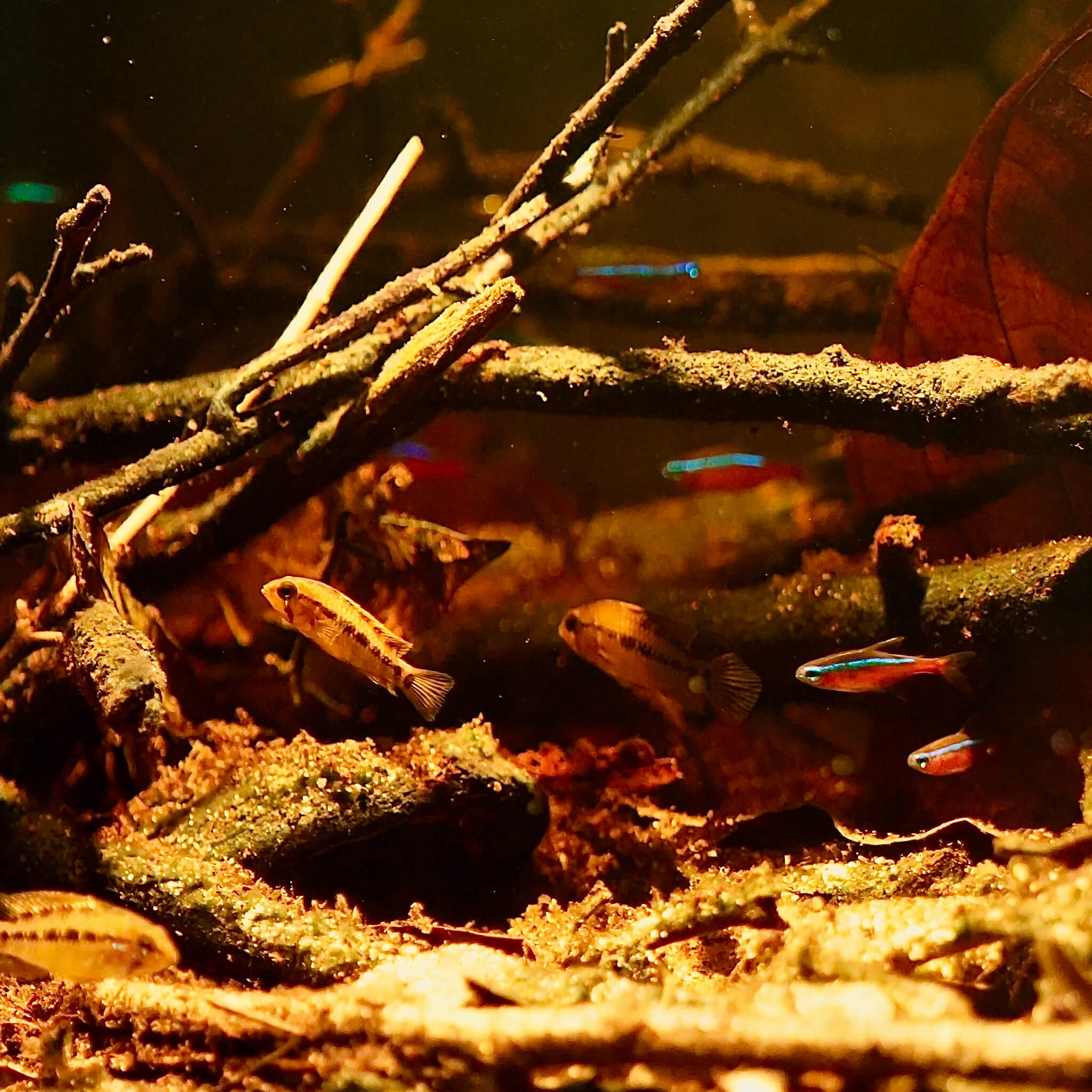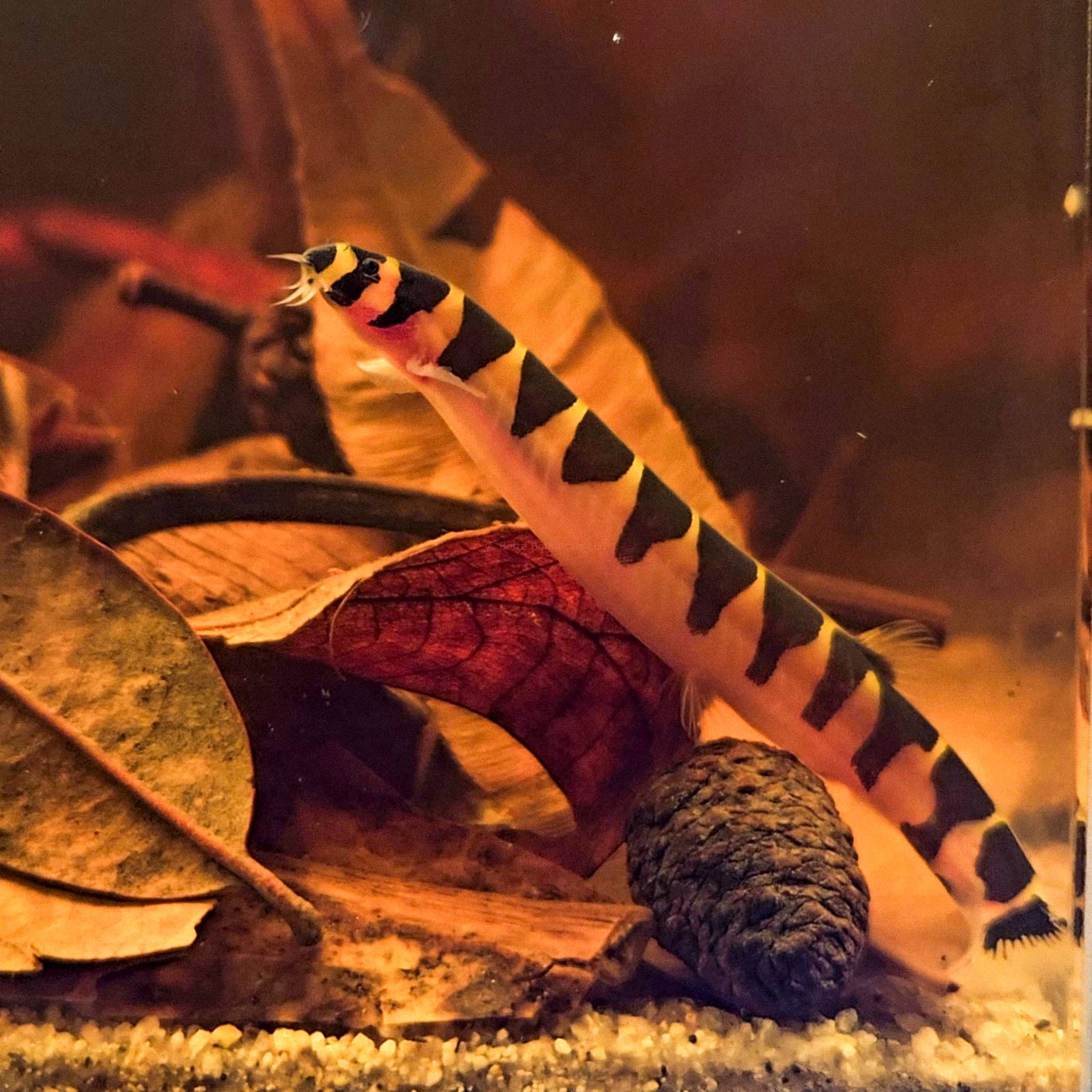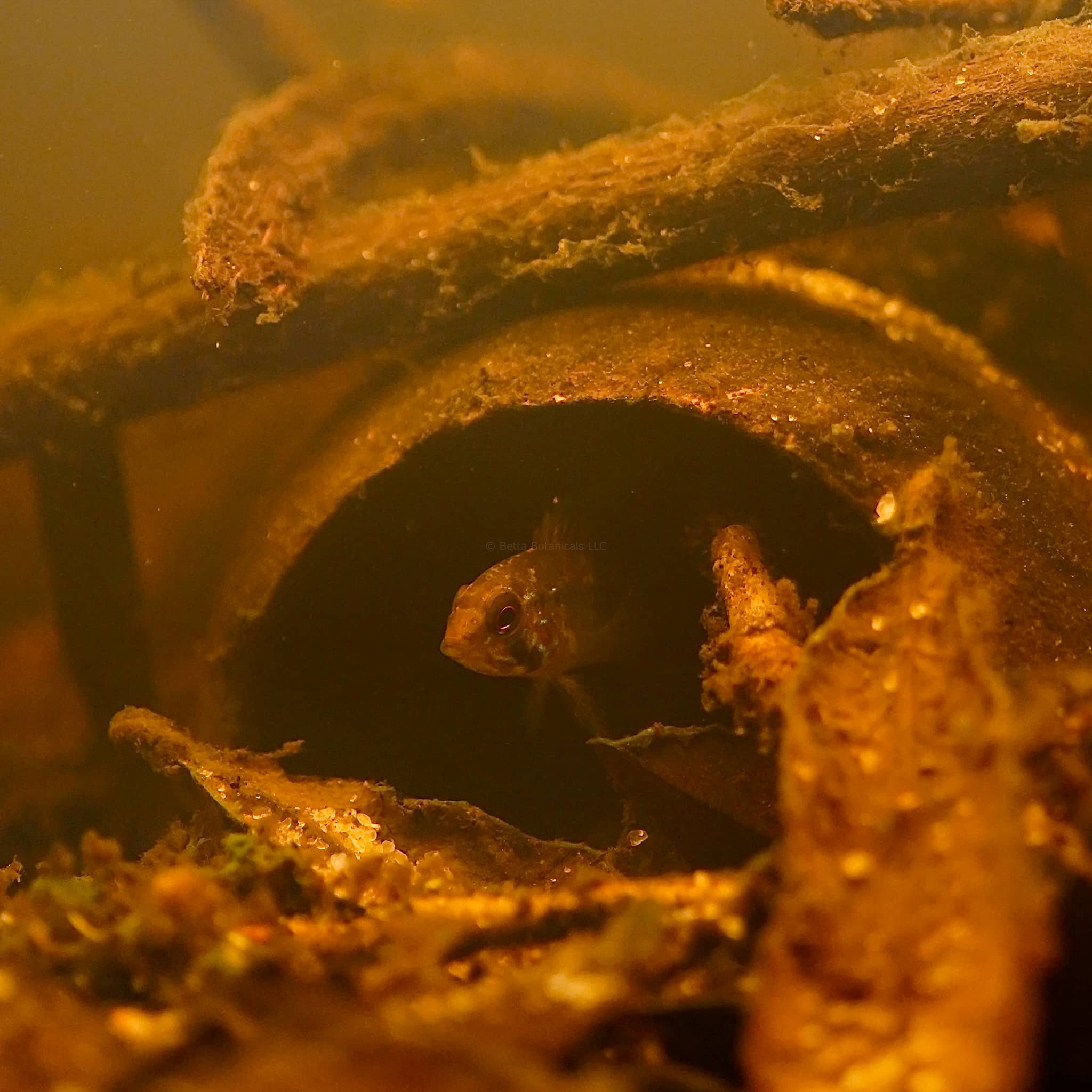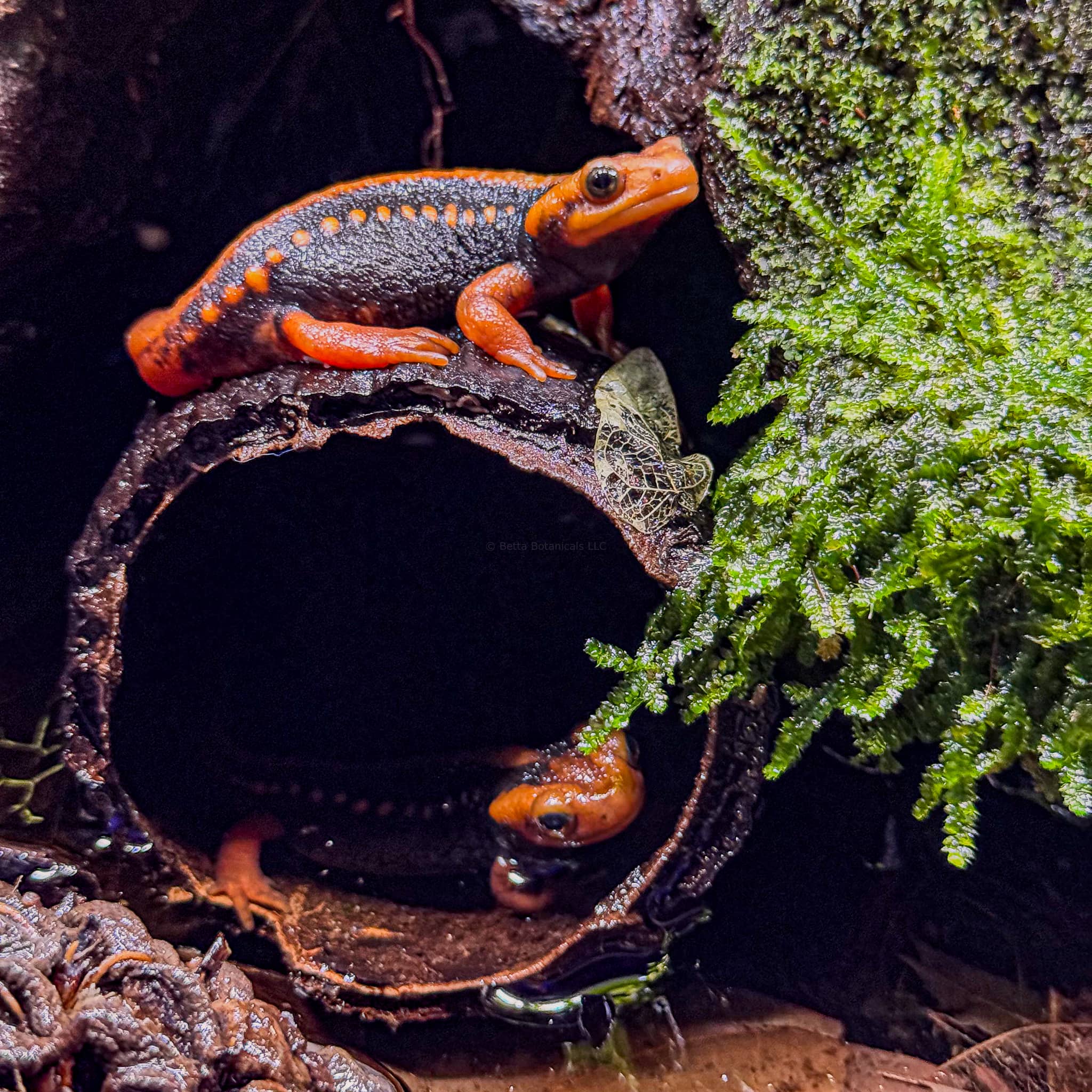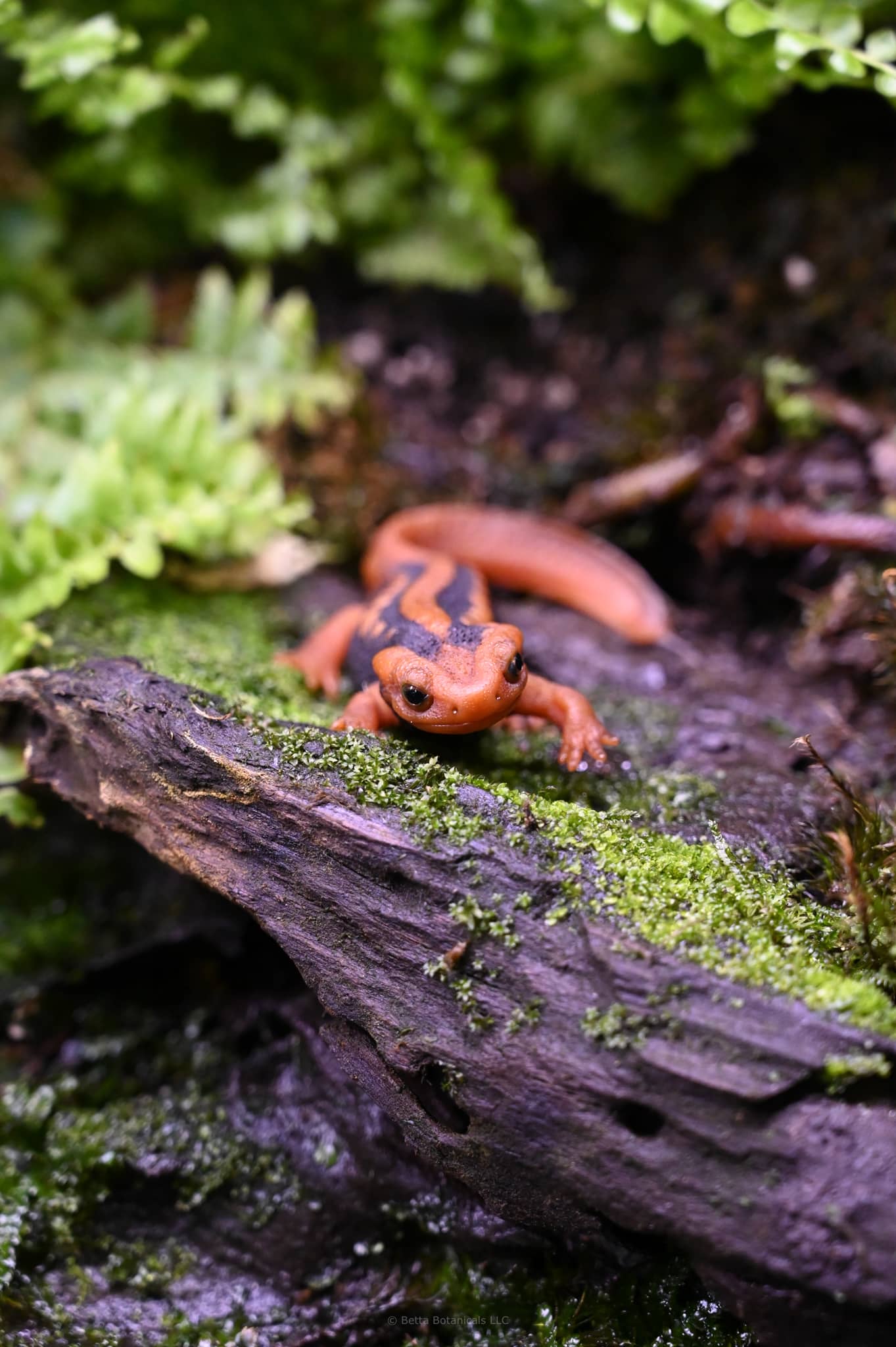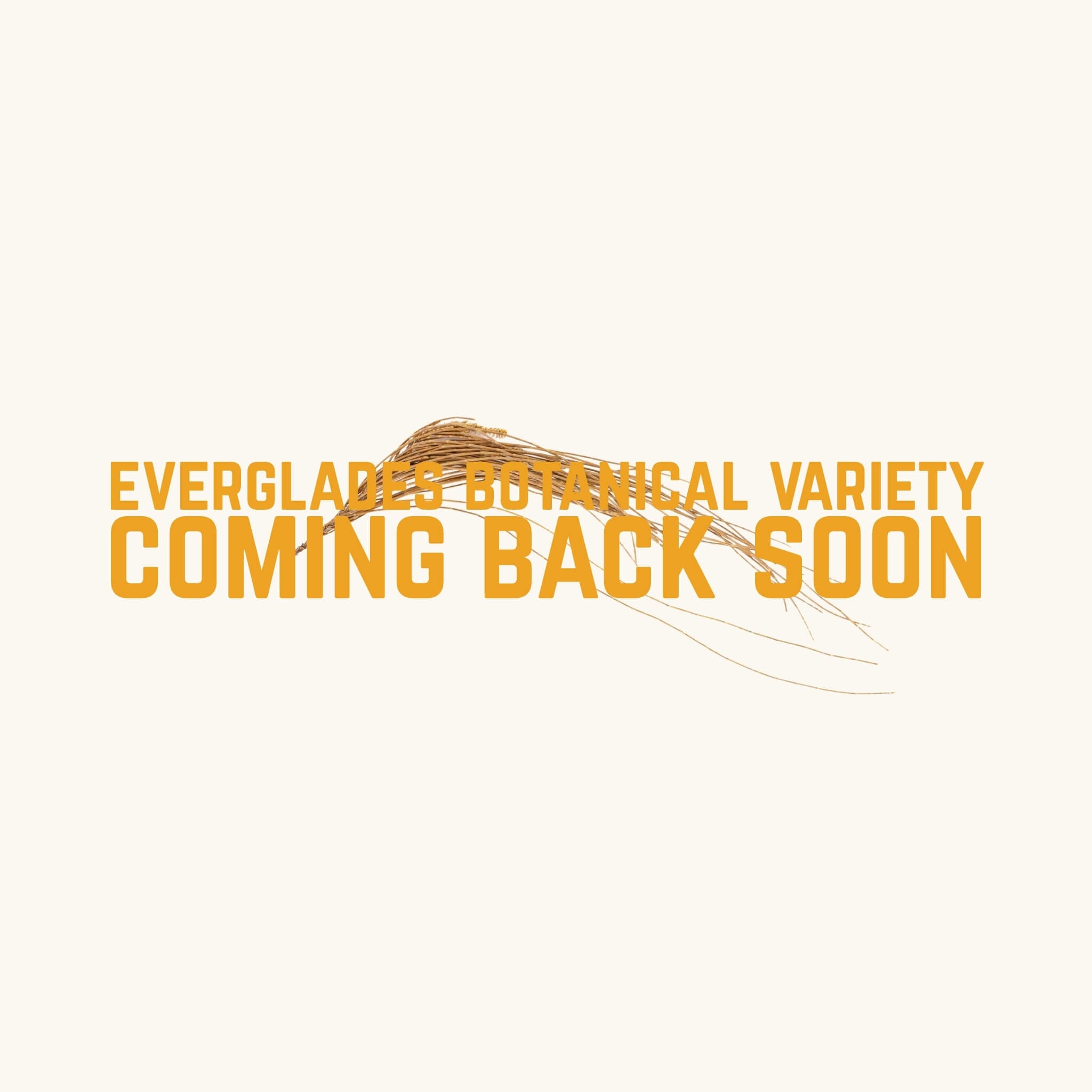
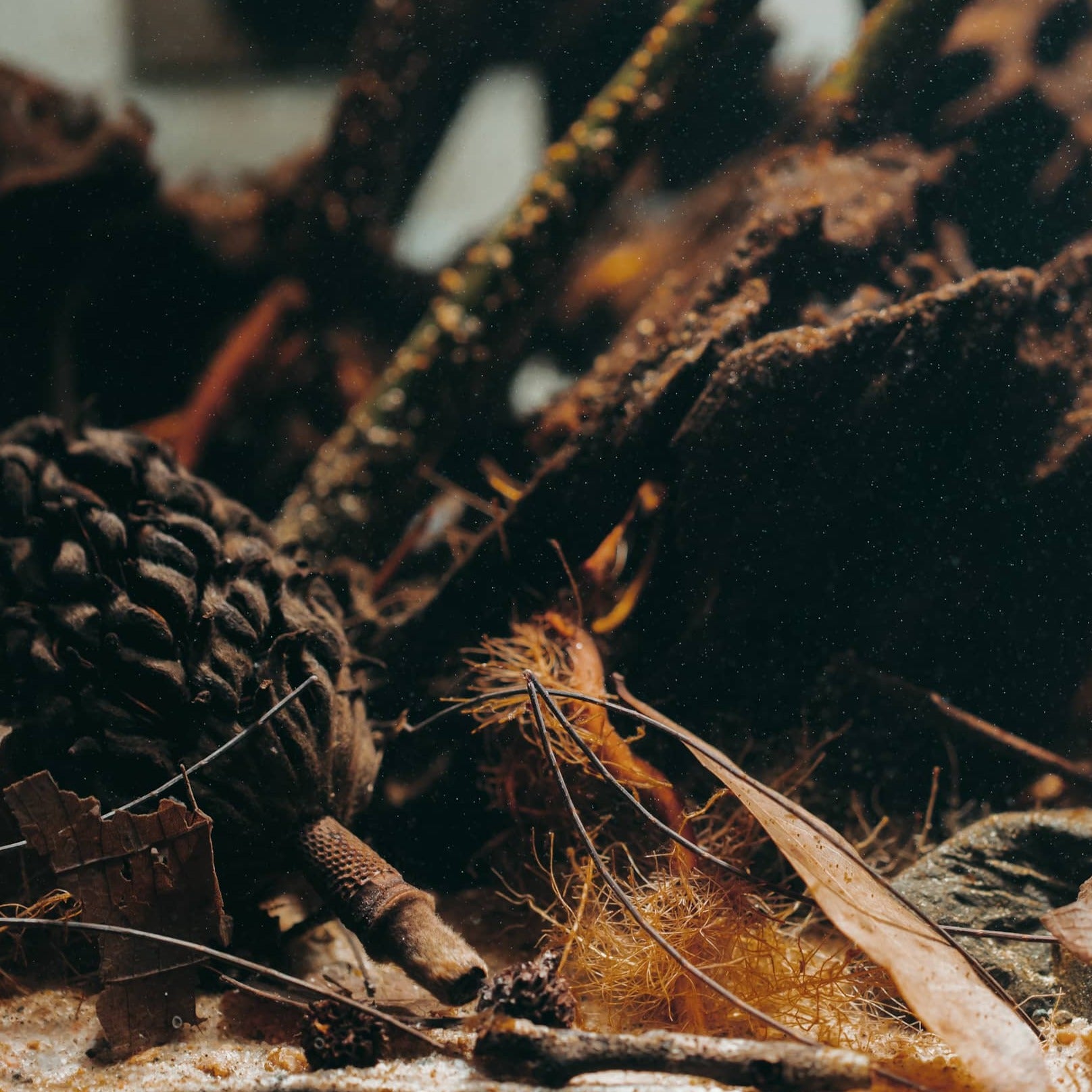
The Everglades Botanical Pack
About This Pack:
The Everglades Variety Pack was created to replicate the aquatic substrate complexity and seasonal rhythms of Florida’s famed wetlands. Designed for botanical method, blackwater, and biotope habitat recreation for Florida’s Fishes, this pack focuses on the creation of a thick leaf litter bed by using both leaf litter and cypress, which reflect the organic diversity of the Everglades. It includes a mix of native and naturalized botanicals chosen for their aesthetic appeal, durability, and ecological function.
Essential Details
- Tannin Level: Medium
- Tint Color: Brown to Tan
- Durability: Mixed – includes both durable and semi-fast-decomposing materials
- Habitat Location: Inspired by the wetlands and waterways of the Florida Everglades
- Optimal For: Fishes of North America, such as Pygmy Sunfish, Killifish, and Live Bearers
- Use with Caution: The walnut leaves are not recommended for use with isopods
- Size Range: Small cones to large leaves and pods; varied textures for dynamic leaf litter beds
- Quantities: 10 Casuarina Cones, 8 Persian Walnut Leaves, 8 Loquat Leaves, 10 Oak Twigs, 1 Cup of Live Oak, 1 Cup of Pond Cypress, 1/2 cup of Casuarina Needles, 1 Cup of Coconut Husk Chunks. Sizes vary naturally.
Everglades Variety Pack for Aquariums & Vivariums
The Everglades Variety Pack provides a dynamic leaf litter base for aquariums and vivariums looking to mimic habitats of the US Southeast. This leaf litter-heavy blend allows for the detritus accumulation found in the flooded forest of the Everglades, fostering biofilm development and microbial diversity to support the ecosystem. Durable botanicals like the coconut husk and oak twigs provide substrate complexity and surface area for beneficial bacteria, while the softer leaves decompose to form a substrate layer that supports micro and macro invertebrates.
The inclusion of Pond Cypress Needles and Casuarina Needles replicates the flooded cypress forests of the Everglades. Together, the varied botanicals in this pack replicate the layered textures and nutrient cycling of this natural wetland ecosystem, supporting microfauna and contributing to long-term ecosystem stability.
Beneath the Leaves: The Everglades in the Wild
The Everglades is a mosaic of slow-moving waters, sawgrass plains, and mangrove forests. Every flood season, the land transforms as trees shed leaves and branches that drift and create tannin-rich channels. These inputs feed fungi, invertebrates, and microorganisms—forming the base of a complex food web that sustains fish, amphibians, and birds alike. The Everglades Variety Pack captures this natural exchange of land and water, allowing you to recreate a home aquarium as Mother Nature intended.
Sustainability Note:
This product’s packaging is home compostable. Just like the botanicals inside, it will break down naturally and return to the soil, because what supports your ecosystem should minimally impact our planet.
Not for human consumption. Preparation required.
This is a natural product—variation in color, shape, and texture is expected.
Home is getting more natural
While the aesthetic appeal of botanicals and tinted water can be quite attractive to us, the recreation of nature to emulate water conditions, feeding patterns, spawning displays, and territory building are the true benefits botanicals provide to our critters.
Botanical FAQs
Compostable Packaging Promise
Our packaging is designed to return safely to the Earth, just like the botanicals inside. Every bag is BPA- and Phthalate-free, GMO-free, and contains no animal products. Each meets ASTM D6400 composting standards, ensuring it can fully break down in a home compost bin.
What are the Fluffy White Growths on my Botanicals?
That’s biofilm and fungi—what we call the “goo phase.” It’s one of the clearest signs that your aquarium is alive and functioning. These growths wax and wane naturally as botanicals decompose. They’re harmless, even beneficial, and will disappear on their own once microbial populations stabilize.
Will botanicals lower the pH of my water?
That depends entirely on your source water. In very soft or RODI water, botanicals can gradually lower pH as tannins and humic substances accumulate. In medium to hard tap water, buffering capacity often resists these shifts, and you may not notice much change. At Betta Botanicals HQ, our very hard water (350+ ppm) shows almost no pH change unless we use botanicals like Alder Cones or Macaranga Leaves.
When should I replace leaves or pods in my tank?
We recommend allowing botanicals to fully break down into detritus, since this fuels microbial life and enriches the substrate. You can remove them once they stop tinting the water, but you’ll lose some of their ecological benefits. Each time you add new botanicals, follow proper preparation and observe your livestock until you learn your aquarium’s rhythm.
Are your products just for bettas?
Nope. Our botanicals are safe for almost all aquariums, terrariums, vivariums, and paludariums. The only exceptions are goldfish and axolotls, which may ingest small pods like alder cones or casuarina cones. For those species, we recommend large leaves such as Indian Almond, Loquat, or Jackfruit.
What are Tannins?
Tannins are natural compounds released by leaves, seed pods, and bark as they decompose in water. They soften water, gently lower pH, and create the characteristic tea-stained tint found in blackwater habitats. But their role goes far beyond color—tannins fuel beneficial bacteria, fungi, and biofilms, which form the foundation of a healthy ecosystem. They also offer mild antifungal benefits and help reduce stress in fish by replicating the natural conditions they’ve evolved in. At their core, tannins are plant-derived antioxidants that connect your aquarium to the same processes at work in wild flooded forests and streams.
